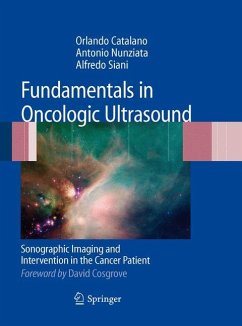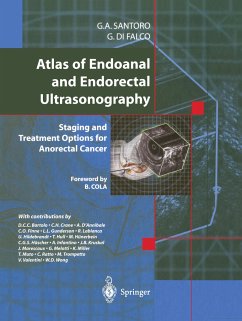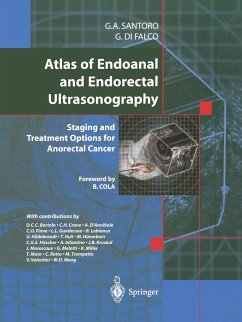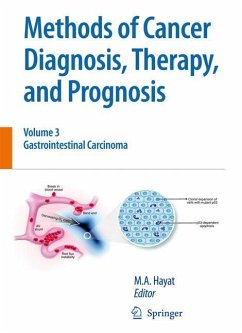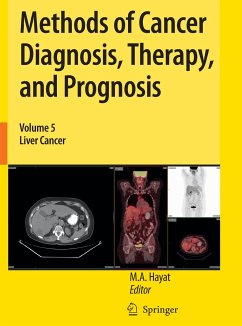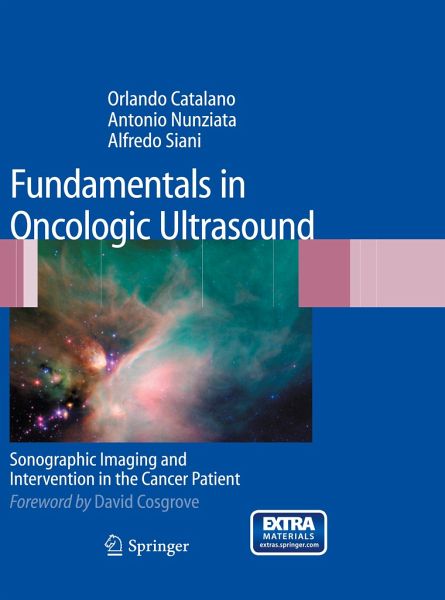
Fundamentals in Oncologic Ultrasound
Sonographic Imaging and Intervention in the Cancer Patient
Mitarbeit: Cosgrove, David O.
Versandkostenfrei!
Versandfertig in 6-10 Tagen
121,99 €
inkl. MwSt.

PAYBACK Punkte
61 °P sammeln!
It is a remarkable observation that human creativity can be fostered by spectacular scenery, itself usually the result of tectonic activity which raises mountains of beauty but carries the sting of earthquakes and eruptions. Think of Silicon Valley in Ca- fornia or of the Tokyo-Kyoto corridor in Eastern Japan. Another is the glorious Amalfi coast around Naples, where the authors of this new textbook work in the shadow of Mount Vesuvius. Is it the beauty that inspires or the tension of knowing that one's life may be shattered at any moment if a volcanic or tectonic disaster strikes? Whatever th...
It is a remarkable observation that human creativity can be fostered by spectacular scenery, itself usually the result of tectonic activity which raises mountains of beauty but carries the sting of earthquakes and eruptions. Think of Silicon Valley in Ca- fornia or of the Tokyo-Kyoto corridor in Eastern Japan. Another is the glorious Amalfi coast around Naples, where the authors of this new textbook work in the shadow of Mount Vesuvius. Is it the beauty that inspires or the tension of knowing that one's life may be shattered at any moment if a volcanic or tectonic disaster strikes? Whatever the explanation, these authors' passion for their subject shines through and their work carries not only their enthusiasm but also a rare beauty in its construction/format, for it is a joy to hold and behold with its beautiful all-colour printing and abundant illustrations of excellent quality, mainly, of course, ultrasound images but also corresponding CT scans and numerous elegant diagrams. But, is there a need for a textbook on ultrasound in oncology? Doesn't everyone accept that CT or PET/CT (and sometimes MR) have nailed the problem of oncologic imaging? Well, while CT is undoubtedly the core imaging technique for the det- tion, staging, treatment planning and follow-up of tumours, there remain many app- cations for modern ultrasound, as readers of this textbook will be persuaded.



